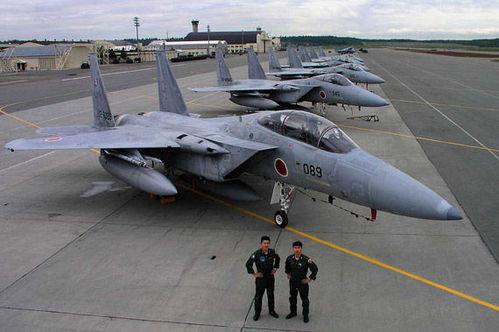
Japan’s spending on new weapons is soaring against a backdrop of record defense budgets. The Japanese government is coordinating the inclusion of 108.7 billion yen (5.15 billion yuan) in the 2025 budget, Kyodo news agency said Thursday, citing sources, as part of a joint push with Britain and Italy to develop the next generation of fighter jets. It also plans to invest 19.8 billion yen (940 million yuan) to develop different types of long-range missiles.
The report said that Japan, Britain and Italy have agreed to set up a joint venture to develop the next-generation fighter jet, which will be jointly invested by BAE Systems of the UK, Leonardo of Italy and Japan aircraft industry revitalization company, the goal is to start deploying the next generation of fighters by 2035. The budgeted funds will be used to co-design the aircraft body, engine and other parts of the joint design costs, and to prepare for the necessary tests. The research and development plans announced by the three countries show that this next-generation fighter belongs to a dual-engine stealth fighter, which can be manned or unmanned. It will be equipped with equipment such as laser-guided weapons and a virtual cockpit, and it is less likely to be detected by radar and infrared detection. The Japan Air Self-Defense Force sees the next generation of fighters as a successor to the F-2, which the UK and Italy see as a successor to the European typhoon, exports to countries other than the three are also envisaged. In addition, Y5.9 bn is expected to be budgeted for the development of medium-range air-to-air missile on the next generation of fighters.
Saudi Arabia is also likely to join the development effort, the report said, adding that Britain is considering helping train its defense industry and technical personnel in the hope of Saudi financial strength.
The source also said that in order to start producing long-range missiles with“Out-of-area defense capability” that can attack from outside the enemy’s range, it plans to include 19.8 billion yen in defense spending in the 2025 budget. The missile is envisaged to achieve the counter-attack capability (the ability to attack enemy bases) set out in the national security strategy developed in 2022.
The Kyodo News Agency said Japan would begin mass production of an improved version of the Type 12 surface-to-ship missile, including a carrier-based version (16.8 billion yen) and a submarine-launched version (3 billion yen) . The missile has a maximum range of more than 1000 km and has been modified to make it stealthy and has a strong penetration capability. At the same time, the development and construction of facilities for the hypersonic missile, which can fly at five times the speed of sound and is considered difficult to intercept, totalled 239.1 billion yen. According to the Defence Ministry’s plans, the initial version of the Japanese hypersonic missile, with a dual-cone aerodynamic configuration and a maximum range of about 500km, is expected to be put into 2026 service. Subsequent improvements include Block 2A with a range of 2,000 km and Block 2B with a range of 3,000 km. The more advanced waverider shapes will be available in fiscal years 2027 and 2030, respectively.
In addition, Y41.5 bn will be spent on the Japan Maritime Self-Defense Force’s sea guardian drones to enhance its maritime surveillance capabilities, which will be used to procure two drones and a ground-based control device.